Lay a lawn with Turfquick – the fast, easy way to create your dream lawn using our roll-out grass seed mat. Perfect for all surfaces.
Laying a lawn has never been easier – with Turfquick’s roll-out grass mat, your garden transforms into a lush green oasis in no time. Whether you’re working with a newly built property, renovating your garden, or refreshing worn-out areas, our seed mat offers the ultimate solution for a beautiful and long-lasting lawn.
The eco-fleece also helps retain moisture in the soil, improving plant establishment and reducing the need for watering. With this sustainable layer, you get a quick, convenient, and eco-friendly solution that delivers both a lush lawn and a beautiful wildflower meadow—while contributing to a greener, more environmentally conscious garden.
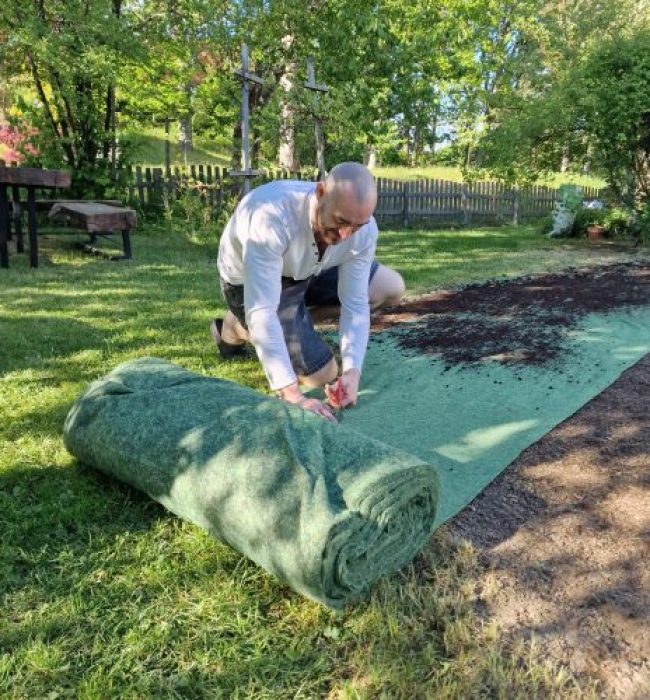
What does grass need to grow?
To achieve a dense, green, and long-lasting lawn, four essential elements must be in perfect balance:
☀️ Sunlight | 💨 Air | 💧 Water | 🌱 Nutrients
In addition, it’s important that the soil temperature is sufficiently warm—at least around 12–15 °C—for the grass seeds to germinate and grow properly. If the soil is too cold, the seeds may remain dormant longer, delaying the establishment of your lawn.
If any of these factors are missing or out of balance, the grass can suffer. Too much water may cause root rot, while too little light slows growth. But with the right conditions, you’ll have a lawn that’s not only beautiful to look at but also pleasant to walk on.
Installation Guide for Seed Mat / Roll-Out Lawn
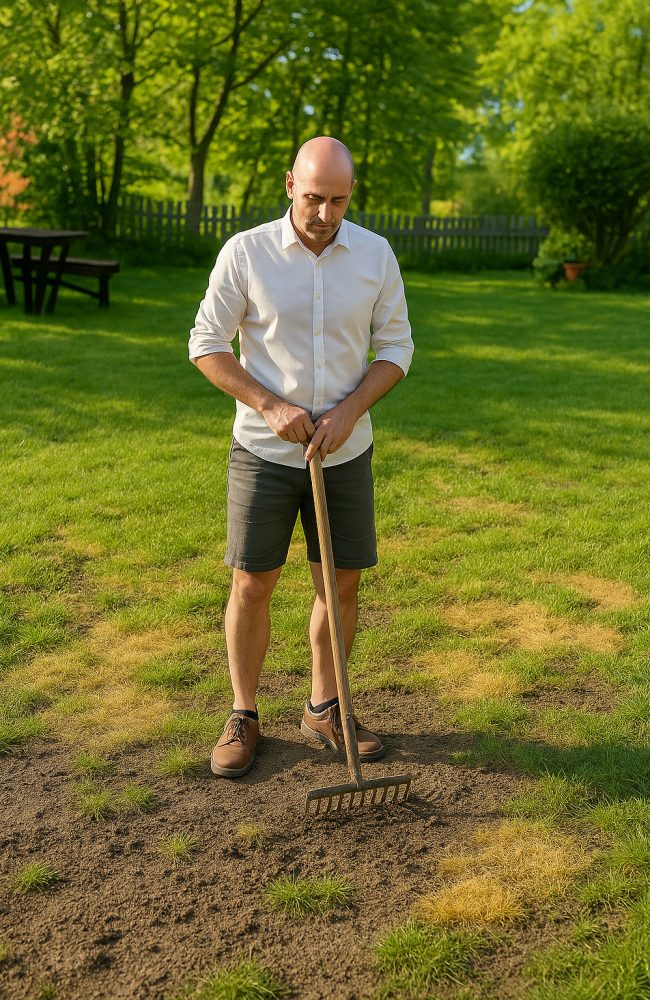
1. Planning
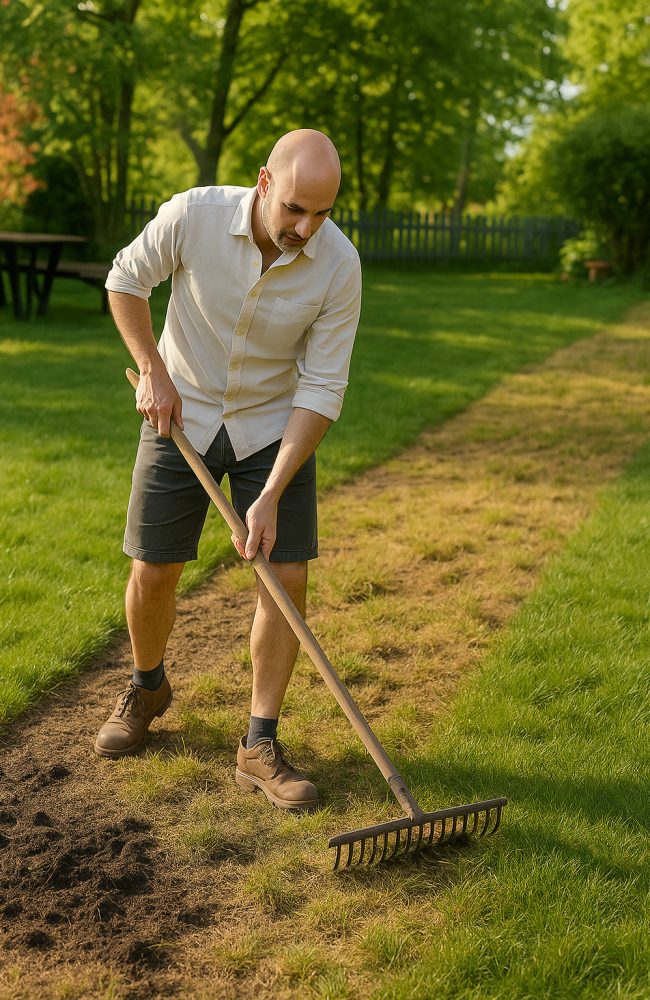
2. Soil Preparation
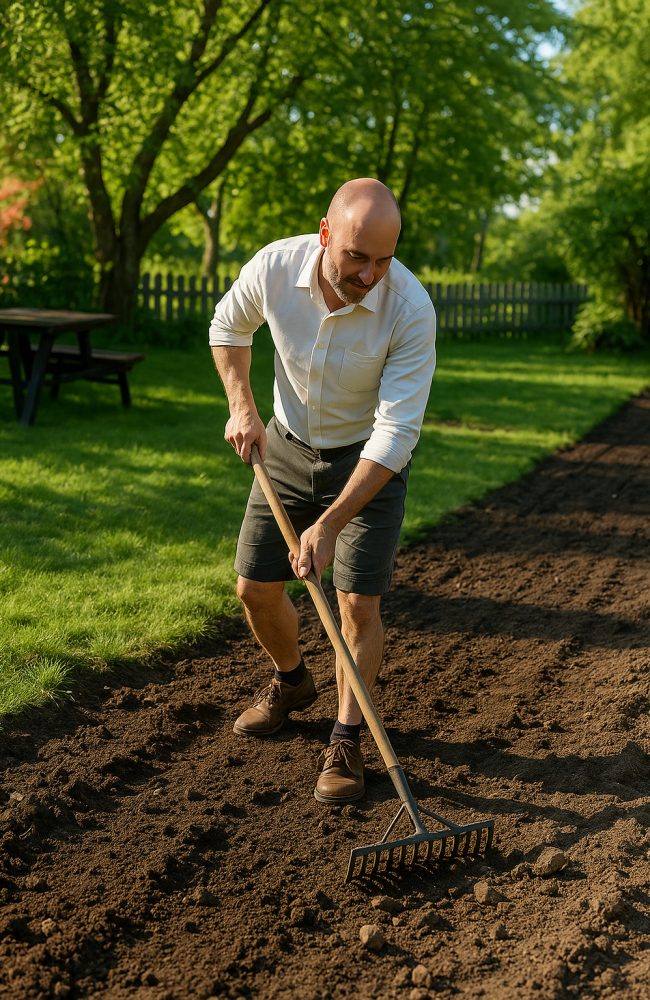
3. Build Your Soil Base
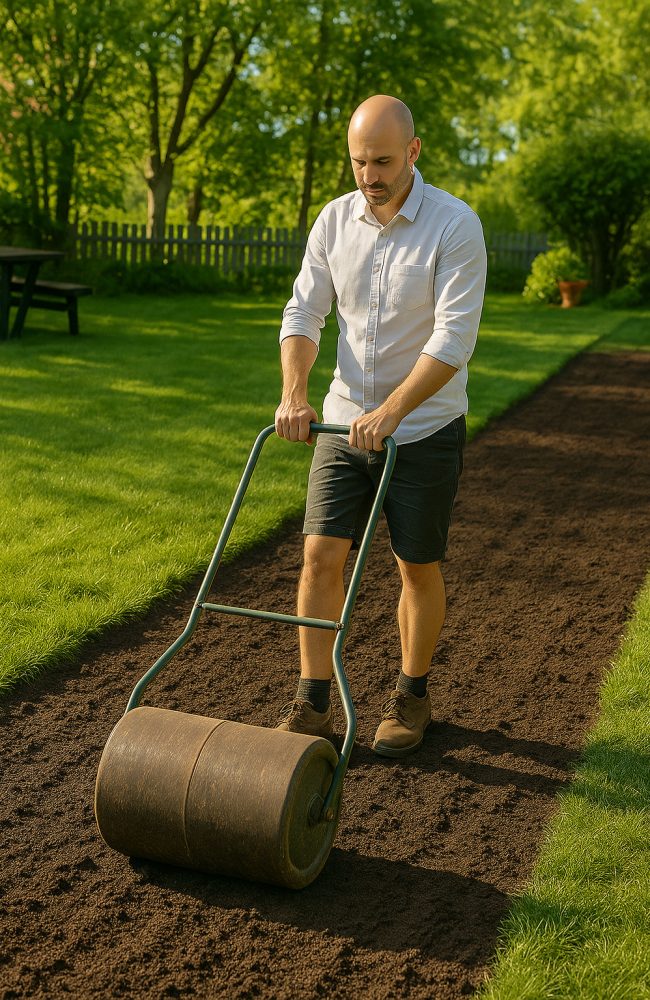
4. Level and Compact
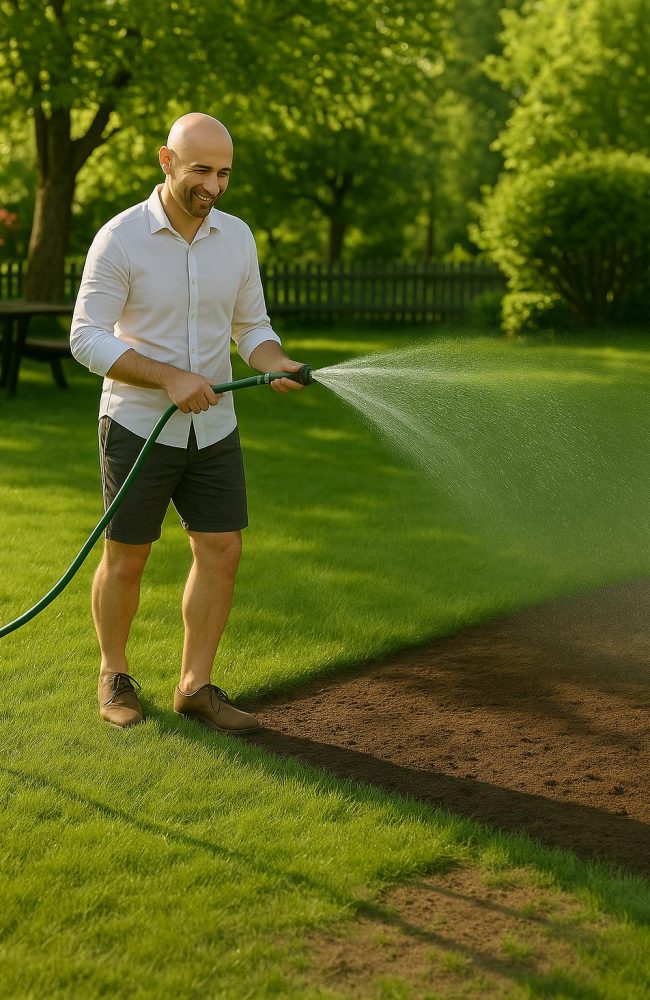
5. Water the Soil

6. Roll Out the Seed Mat
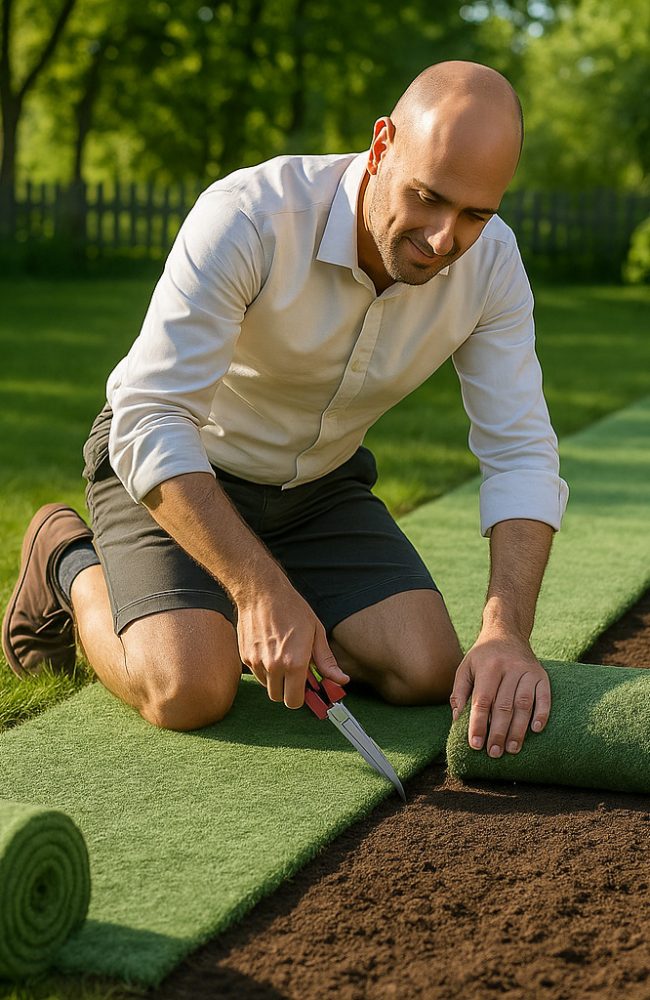
7. Shape and Adjust
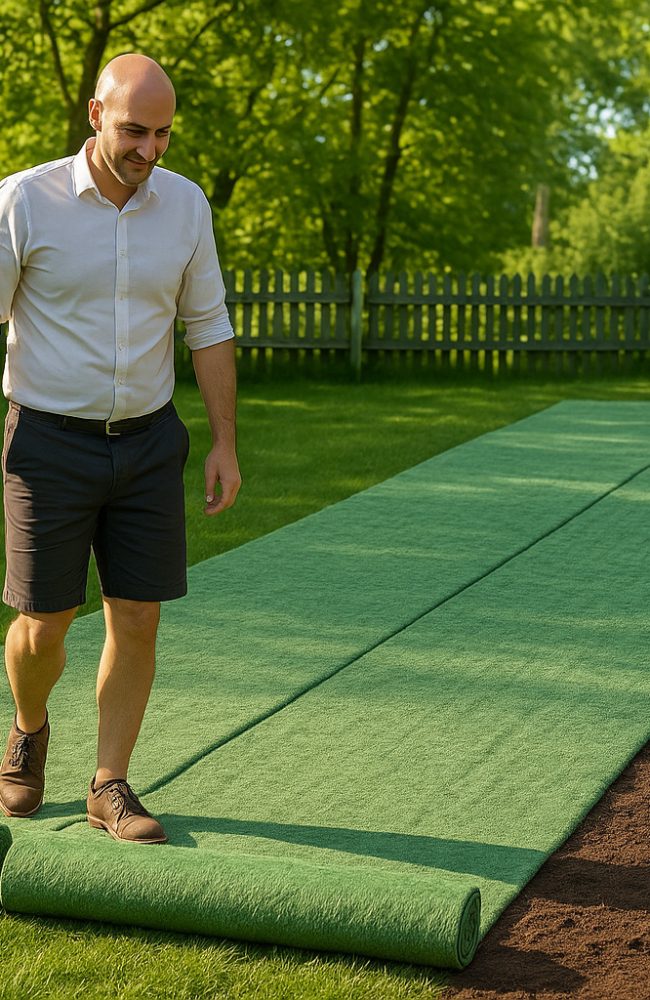
8. Seamless Coverage
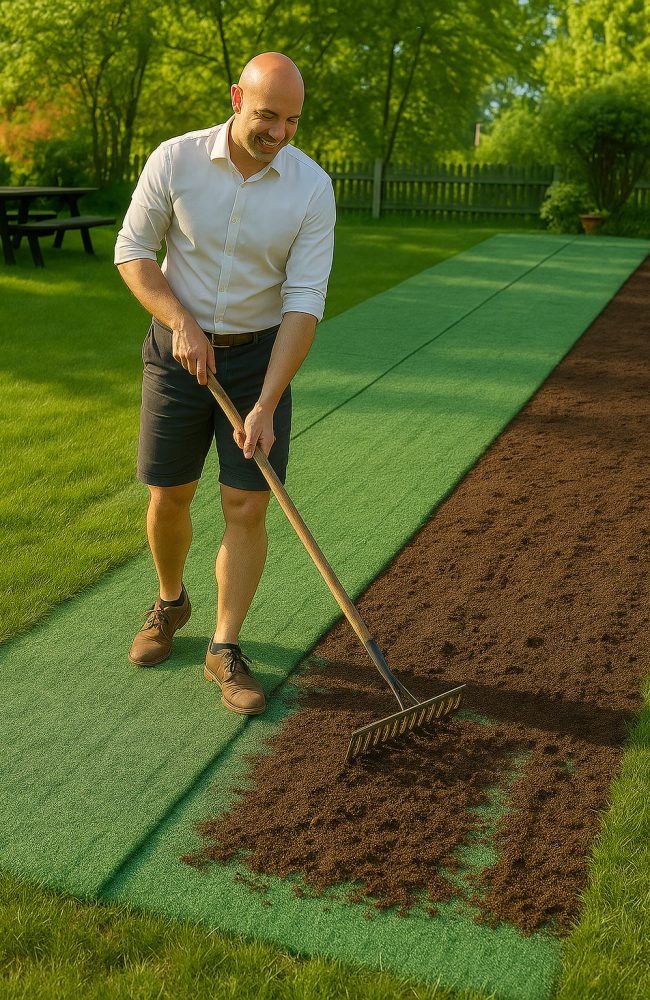
9. Light Soil Cover
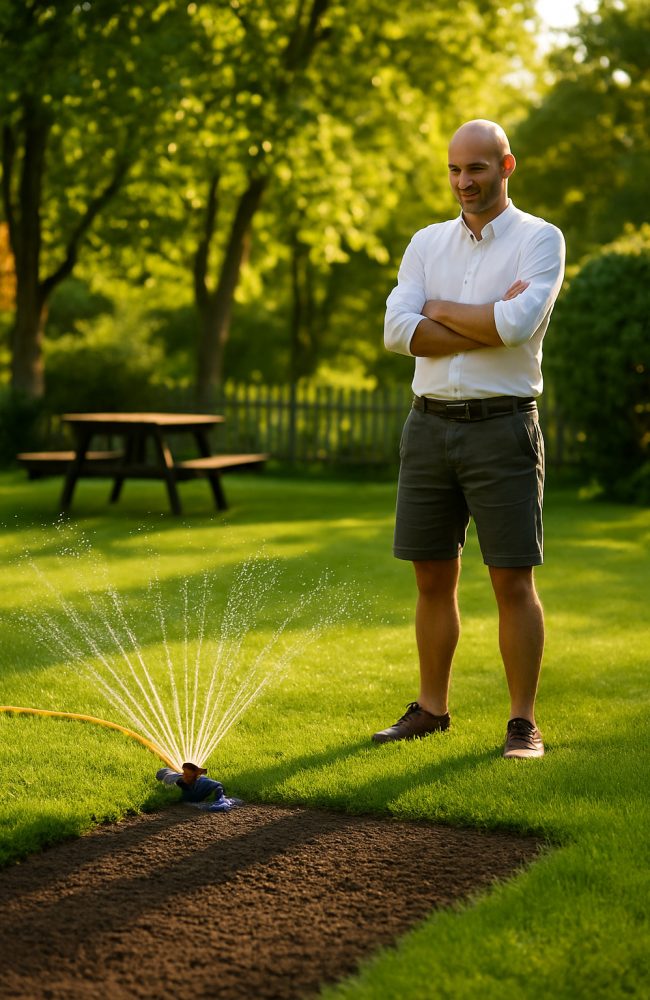
10. Water Daily
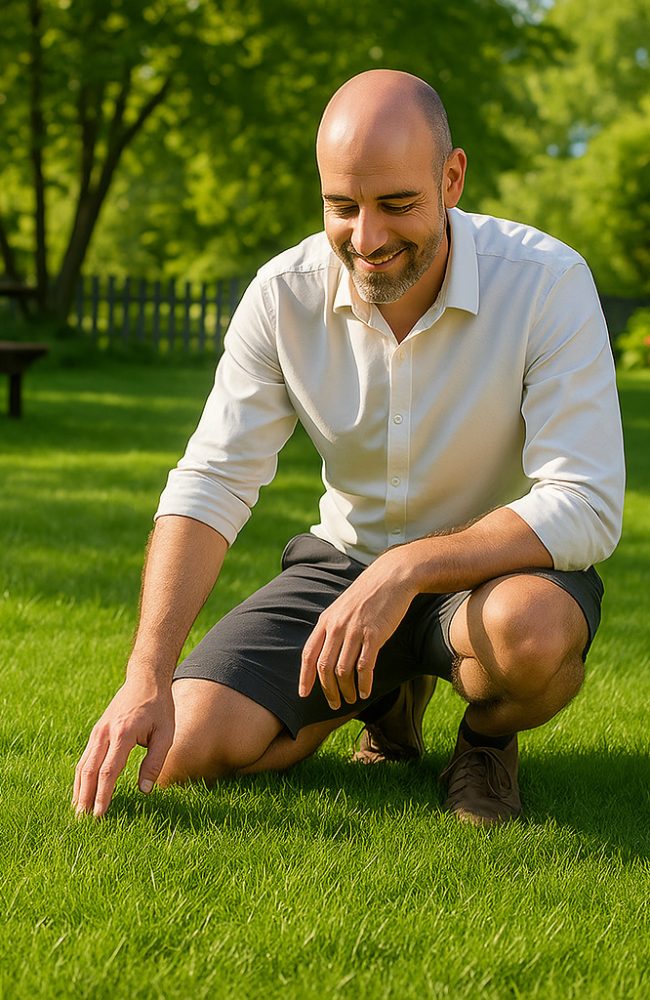
11. Watch It Grow
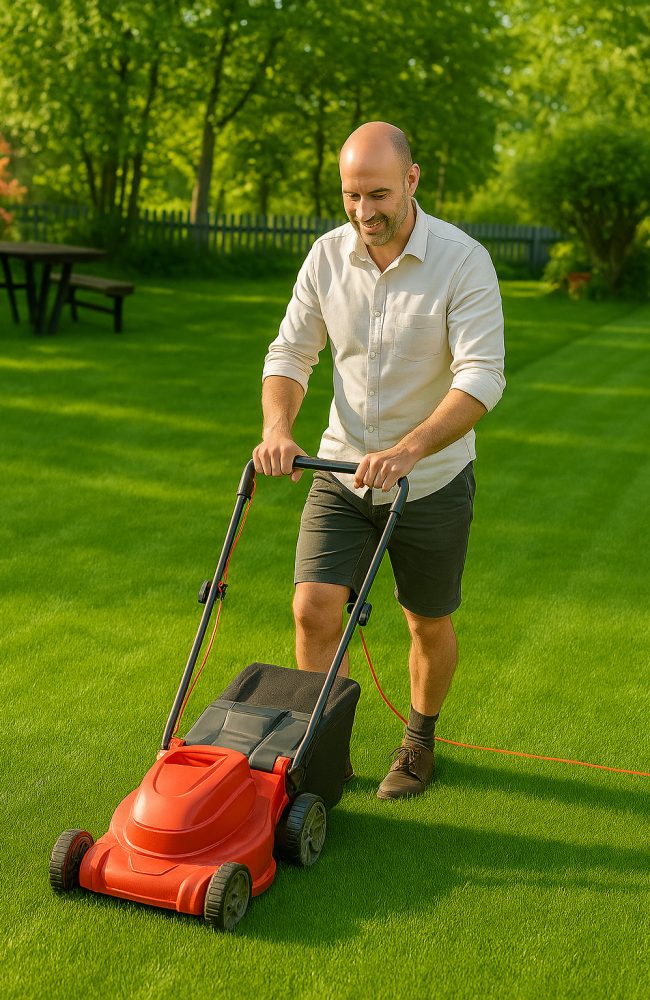
12. Maintenance & Tips
✅ Extra Tips for Best Results
✔ Choose the right time of year:
Spring or late summer is ideal for grass to establish—soil is warm and retains moisture well.
✔ Avoid walking on the mat:
✔ Keep moisture consistent:
✔ Avoid fertilizing in the beginning:
✔ Adjust for slopes:

🌿 For Existing ("Old") Lawns – How to Establish a New Grass Area
If you already have an existing lawn but want to establish a new one using a seed mat, there are two recommended methods depending on your conditions and the final result you want to achieve:
Option 1: Remove or till up the existing lawn
- Smaller areas can be dug up by hand using a spade.
- Larger areas can be tilled or stripped using a rototiller, excavator, or other suitable equipment.
- Then prepare the soil according to the new installation instructions (loosen, level, water, and lay out the seed mat).
Option 2: Topdressing with New Soil
- Mow the existing lawn as close to the ground as possible.
- Cover the entire area with at least 15 cm of topsoil.
- Use a roller or gently tamp the soil to lightly compact it—do not press it too hard.
- The soil should be firm but not compacted—like a good bed for the seeds.
- Then follow the installation steps for the seed mat directly on top of the new soil surface.
🧱 What Type of Soil Should I Use?
- Lawn soil
- Construction soil
- Topdressing soil
🔨 Note: All added soil should be rolled or compacted before laying the seed mat.
If the site has been roughly leveled, it is recommended to let the soil settle over a winter freeze-thaw cycle to reduce the risk of future settling.
